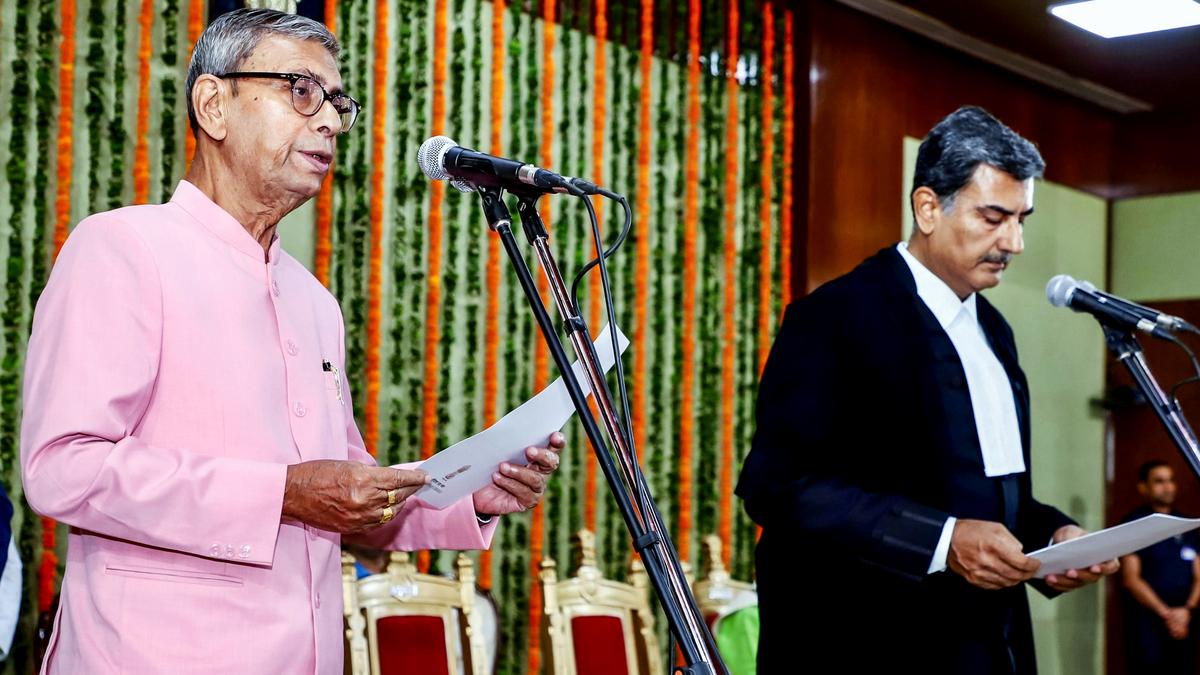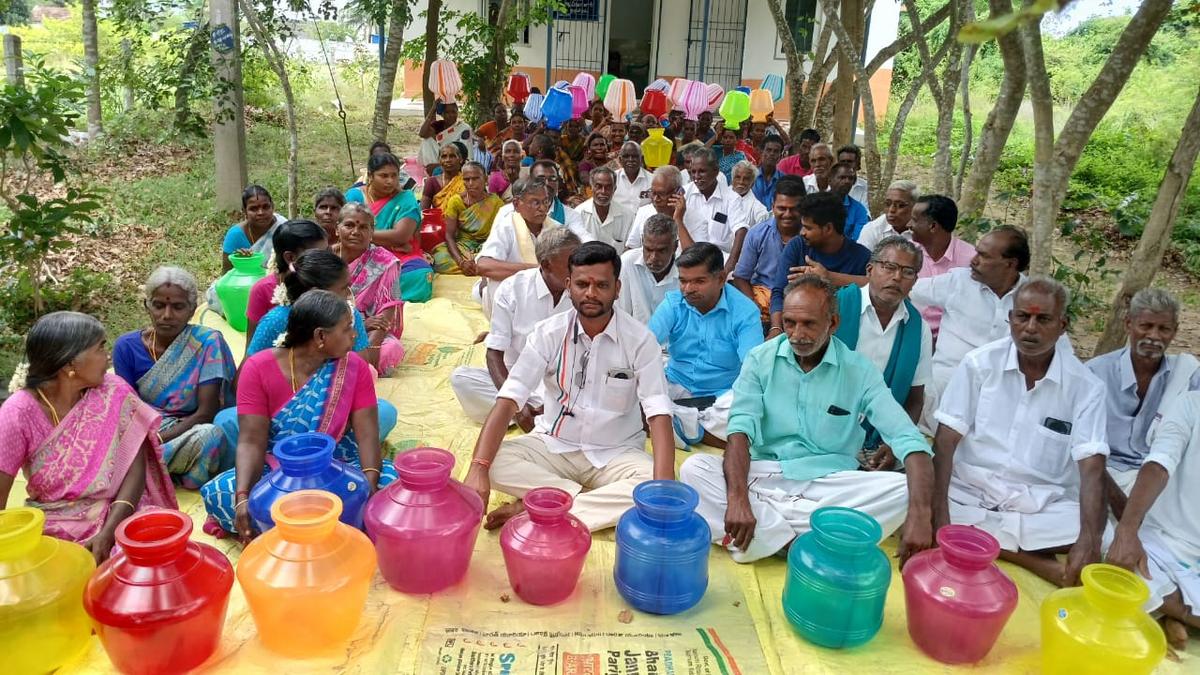Soon timely stroke management and head injury care will be available for people in government medical colleges closer to their residing districts. NIMHANS in coordination with the State government has developed ‘hub-and-spoke’ model for stroke and head injury care across Karnataka.
Under this model, an advanced stroke and head injury centre (hub) at NIMHANS will coordinate for establishment of spoke centres in six medical colleges and provide guidance and support across the State. July 22 is observed as World Brain Day and the theme for 2025 is “Brain Health for All Ages.”
A stroke occurs when the blood supply to part of the brain is disrupted, either by a blockage or a bleed, causing brain cells to die due to lack of oxygen and nutrients. This can lead to a range of disabilities, from mild weakness to severe paralysis, and in some cases, permanent disability and even death.
Golden hour
Recognising the symptoms and seeking immediate medical attention within the “golden hour” - four to six hours after symptoms begin - is crucial for minimising damage and maximising recovery. Immediate treatment can significantly improve outcomes by restoring blood flow to the brain and preventing further cell death, doctors said.
The stroke management and head injury care project will be on the lines of Karnataka’s heart attack (ST-Elevation Myocardial Infarction - STEMI) management project currently running in 86 taluks. The hub-and-spoke model will avoid delay in providing stroke diagnosis and treatment apart from head injury care to needy patients. Accessibility to timely care closer to their place of stay will avoid patients rushing to NIMHANS, thereby ensuring there is no congestion at the premier mental health institution. At NIMHANS six to 12 stroke patients and 15 to 16 head injury cases are seen daily.
NIMHANS apex centre
Girish B. Kulkarni, Professor of Neurology and head of the stroke unit at NIMHANS, told The Hindu on Monday that the hub-and-spoke model for stroke management, involves a network of healthcare facilities where NIMHANS - the apex stroke centre (hub) will provide advanced care and support to surrounding smaller facilities (spokes). “This model aims to improve stroke outcomes by streamlining access to timely and appropriate care, especially in the crucial “golden hour” after a stroke,” Dr. Girish said.
While the apex centre at NIMHANS started three months ago, a spoke centre at the Karnataka Medical College and Research Institute (KMCRI) in Hubballi has started tracing stroke patients and has been providing routine stroke management recently.
With funding from the State government, KMCRI is all set to get a Digital Subtraction Angiography (DSA) machine shortly. This equipment is used in stroke management to visualise blood vessels in the brain and identify blockages or abnormalities that may be causing a stroke, the doctor said.
Apart from KMCRI, spoke centres will be established in government medical colleges in Bengaluru (Bangalore Medical College and Research Institute), Mysuru Medical, Raichur and Ballari. “We have identified the colleges and the centres will be established soon at a total cost of ₹56 crore,” Dr. Girish said.
Brain health
Karnataka’s Brain Health Initiative (KaBHI) being run in collaboration with NIMHANS has helped improve early detection and management of neurological disorders at the grassroots level. The initiative has trained primary healthcare providers — including doctors and nurses — to identify and treat common neurological conditions such as stroke, epilepsy, and headache in district and taluk hospitals. This has already brought neurological care closer to the people, especially in rural and semi-urban areas, and reduced delays in diagnosis and treatment.



.png)
.png)
.png)
















 3 hours ago
4
3 hours ago
4






 English (US) ·
English (US) ·